Some day, when archeologists and other scientists are pulling away the vines and trying to figure out the significance of some of the world’s most mysterious ancient buildings, here are the ten most likely to baffle them.
Luxor Hotel, Las Vegas, Nevada
Future generations, perhaps informed by the alien race that first created the Egyptian pyramids and later returned to take credit for them, will think they understand what the Luxor Hotel building is: a sanctuary for people who are happy to go without sunlight for a thousand years. But they’ll be as mystified as the aliens as to how it ended up in Las Vegas.
Longaberger Headquarters Building, Newark, Ohio
Scientists will spend untold centuries looking in the wrong place, in what was once known as the U.S. state of New Jersey, in search of evidence of a rumored race of human giants — giants grown so large from protein shakes and energy bars that the earth could no longer sustain them. The scientists will believe they have discovered proof of the elusive beings’ existence, though, in a place once known as Ohio, when they find the almost fully intact remains of a seven-story high picnic basket.
Dog Bark Park Inn, Cottonwood, Idaho
Created as a bed and breakfast accommodation, and described by its chainsaw wielding builder as the World’s Biggest Beagle, the Dog Bark Park Inn may someday be pointed to as a dire warning from the past about the risks of genetically modified pet food.
The Dancing House, Prague, Czech Republic
Originally nicknamed the Fred and Ginger House, this current Prague landmark building will look to the uninformed of future generations like a cross between an episode of the ancient classic “Dancing with the Stars” and the melted aftermath of a thermo-nuclear blast. Scholars will shake their heads knowingly, however, in recognition that all has been explained, when they discover that one of the designers was architect Frank Gehry.
Selfridges Department Store, Birmingham, England
This building will be a tough one for future explorers of the past, because not even contemporary observers can find a reasonable explanation for why the scale-covered urban British structure known as Selfridges looks like it does. However, immunologists working only from old photographs may someday suggest that it could have been a giant mutant virus, capable of luring an earlier, more primitive race with the questionable promise of reasonably priced consumer goods.
Agbar Tower, Barcelona, Spain
For most delvers into the mysteries of humankind’s past, what is now known as the Agbar Tower, or Torre Agbar, will be easily recognized, just as statues on Easter Island are today, as a boastfully oversize phallic symbol. Strengthening that assumption will be the discovery of ancient texts describing one of the 473-foot tower’s most striking features, its nocturnal illumination, unfortunately mistranslated as nocturnal emission.
Upside-Down House, Trassenheide, Germany
As all records may soon be archived on electronic databases, followed by several millennia of no electricity, future generations will be unclear as to how the previous epoch of human history ended. Upside-down houses similar to this one, located in a small German seaside resort town, should suggest, though, that it ended badly.
Fish-shaped building, Hyderabad, India
Everyone in times-to-come will easily recognize this four-story piscatorial contrivance as one of many failed attempts to escape earth aboard a spacecraft. Who its specific passengers were meant to be, however, will remain a mystery until someone, probably part of an Indian National Monuments cleaning crew, notices a barely legible inscription at the base of the craft, just behind the anal fin, reading, “So Long, and Thanks for all the Fish Food.”
Aldar headquarters, Abu Dhabi
Archeologists of the 31st Century will certainly find themselves trying to unravel the mystery of what we know today as the Aldar Headquarters Building, in Abu Dhabi. And while they may be perplexed as to why an earlier society would have felt the need to mint a coin that measured 361-feet in diameter, some as yet unborn historian will easily make a name for him or herself by hypothesizing the oversize piece of change to be representative of the moment in history when pickpocketing ceased to be a viable career path.
The Gate of the Orient, Suzhou, China
Unless procreation, perhaps adjusting to a post-apocalyptic world, goes in a radical new direction over the coming millennia, people will no doubt still understand the meaning of “to get into someone’s pants.” What they won’t understand, as they contemplate the ruins of The Gate of the Orient building, in Suzhou, China, is why the pants had to be 990 feet tall.

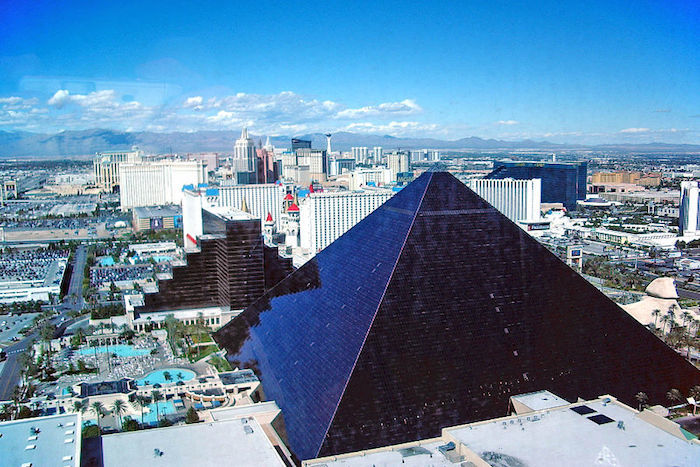

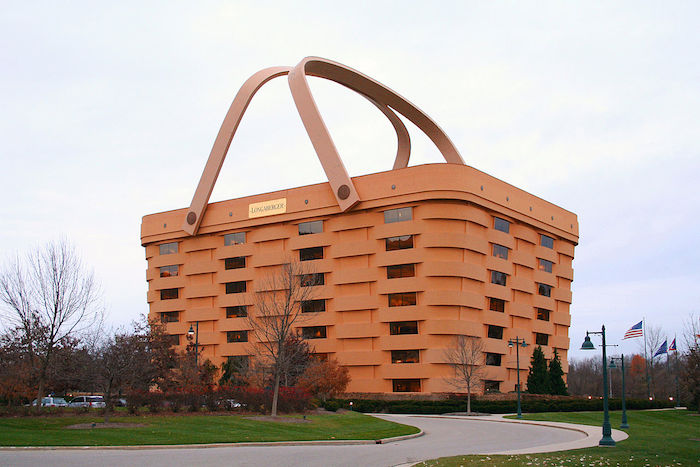

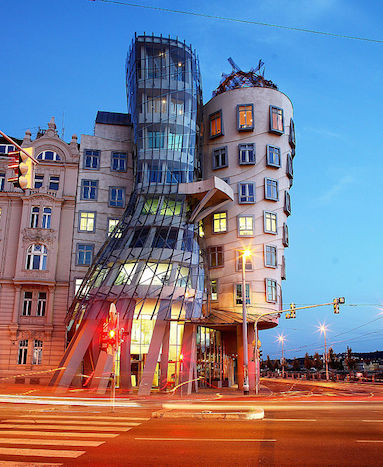
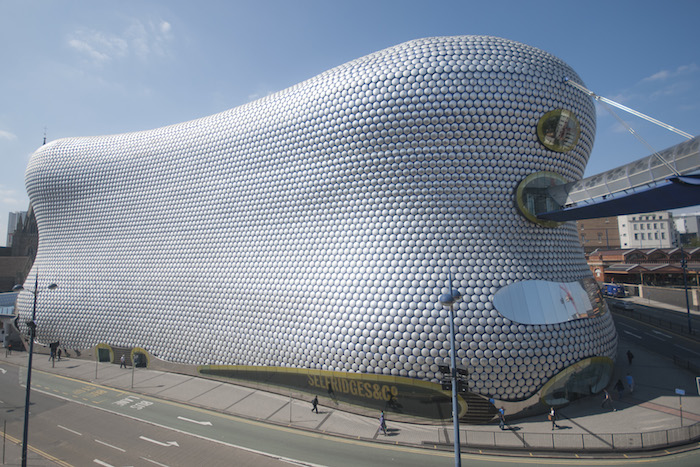
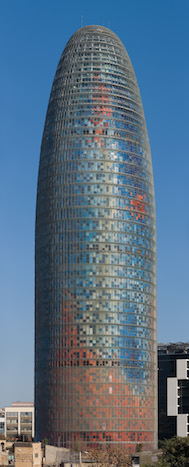
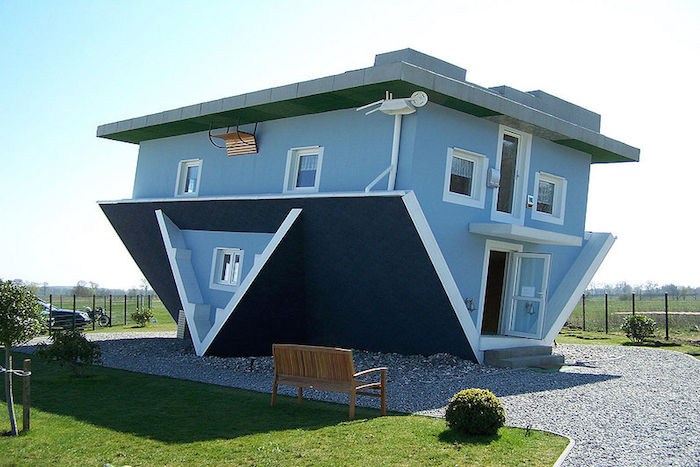
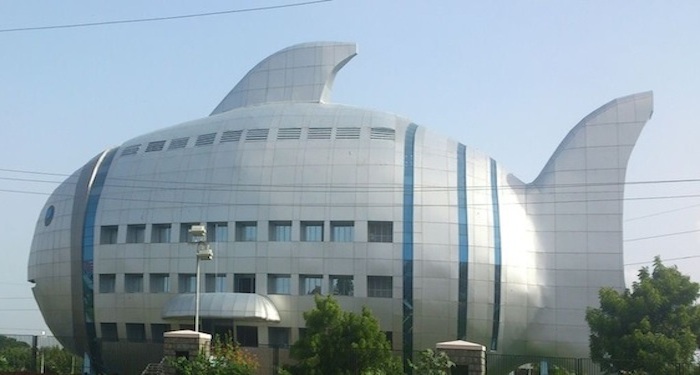
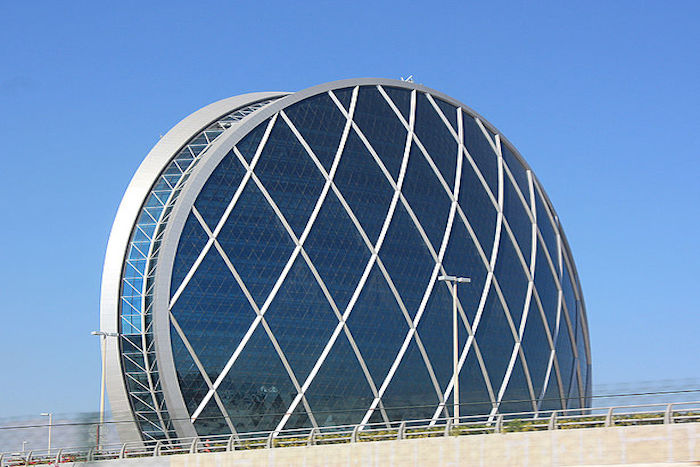
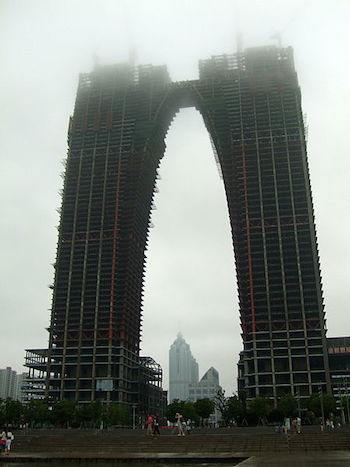

And there I gave up on boring listicles. This one is fun for sure!
I always wonder about the strange speculations around archeologic sites – especially when it comes to building techniques that litteraly make no sense at all 😉
And like your list proofs, some things just don’t make sense at all. They were ridiclous in the first place.
you might want add a list with sunken superyachts and speculations about their owners.